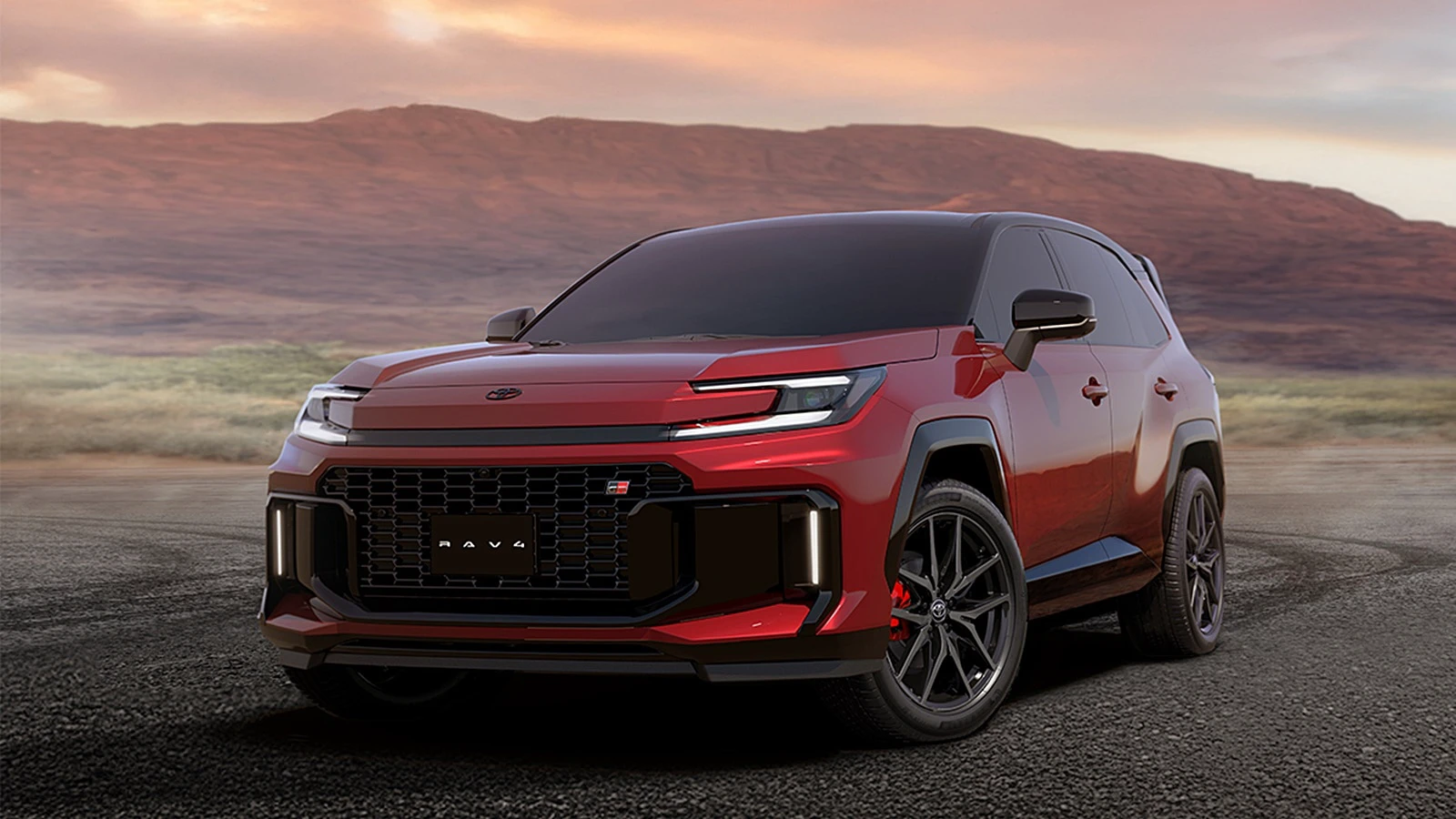Toyota, the world’s biggest carmaker, unveiled its latest RAV4 compact sport utility vehicle that would be the first model to feature its Arene software development platform.
In the new RAV4, the Arene platform has helped with the development of software powering the car’s new multimedia system’s cockpit voice agent and centre console display, as well as advanced safety technologies.
Tokyo-based Toyota sells more cars each year than any other auto major in the world. So, justifiably, it had similar big ambitions when it created its own in-house technology startup in 2021 as it set about trying to build software for its newer cars, especially hybrids and battery electric vehicles. This is in keeping with the reality of new-age cars being more of a software product than being just an over-engineered, hardware product. But like in the case of other legacy carmakers, Toyota struggled somewhat to get started with its project – initially called Woven Planet when it was set up in 2021, and subsequently re-christened Woven by Toyota. The Arene platform is the first big commercial product to come out of this repurposed venture, which, Toyota says, combines the company’s “decades of manufacturing expertise with modern software capabilities”.
The Arene Advantages
Toyota says Arene gives its suppliers a common platform and standardised processes for better management of complex, multi-stakeholder development projects. With Arene, Toyota and its suppliers are able to “maximise coordination, ensure cross-stream visibility, and simplify integration and testing”. This new platform would also help the carmaker expand and accelerate software testing. Physical testing is complemented by virtual testing, which allows for software features to be analysed discreetly and on any model or trim for more exhaustive quality assurance.
Arene is built on the concept of ‘kaizen’, or continuous improvement – an integral feature of the Toyota assembly line philosophy. Rather than traditional linear development, the new platform is designed to “make use of the latest iterative development methodologies” and leverage “the best value of software breakthroughs”. “Through abstracted APIs (application programming interface, or the connections between computers or between computer programmes), architected software layers and advanced testing protocols, Arene applications are interchangeable across platforms and reusable across vehicle generations, meaning a bigger return on investment,” a company executive said.
‘Woven by Toyota’
Toyota, just like pretty much of the legacy auto industry, is faced with the prospect of enormous technological disruptions that could upend production processes and change the nature of their products – from a hardware offering to a supercomputer-on-wheels. Consumers of electric vehicles want immersive entertainment systems and features such as autonomous driving. These are not areas that companies like Toyota have had expertise in in the past, whereas EV makers such as Tesla and China’s BYD or Nio are far more invested in the software side of the business. So Toyota’s goal with this new startup was to create a separate organisation that was at an arm’s-length from the parent group, with its legacy of manufacturing and obsessive bureaucracy. A Google employee was brought in late 2021 as CEO for this project. It was called Woven Planet initially, to acknowledge Toyota’s history as a loom maker in the 1920s. This distinct software project was in line with what Volkswagen tried out with its CARIAD software unit.
Things, however, started to go wrong over the next 24 months, and Toyota announced significant changes at the venture, and subsequently renamed it ‘Woven by Toyota’. The unit was then infused with Toyota executives and a clear signal was sent out that there would be more collaboration between this new venture and Toyota Motor. Arene is therefore a milestone for Toyota’s new project. A senior executive from Toyota Kirloskar Motor, the Japanese car major’s India venture, said that the Japanese parent company had also launched retraining programmes for workers for the transition and that software engineers make up for a significant chunk of its mid-career hires, led by the company’s autonomous driving unit. More software also means more data on consumers and on their driving behaviour, which legacy carmakers have been slow to tap as compared to EV makers..
The Software Transition
This transition has been far easier for EV makers, who have progressively taken their software focus to near obsessive levels. The learning from both Tesla and BYD, the two EV market leaders, is that car brands are increasingly being differentiated by the consumer experience of using their inbuilt features, which is now determined much more by their software than the hardware. Amid this transition, software is also proving to be a weak link for legacy automakers.
Like Toyota and Volkswagen, Japanese carmaker Honda Motor too plans to double the number of software programmers it employs to around 10,000 by 2030. This would involve deepening its partnership with Pune-based Indian software company KPIT Technologies, alongside building its own software engineering team.
Amsterdam-headquartered Stellantis, formed after the merger of the Italian-American conglomerate Fiat Chrysler Automobiles and France’s PSA Group, and is now the world’s fourth largest automaker, plans to hire over 1,000 software engineers in India by 2025, including for its autonomous vehicle plans. Volkswagen’s CARIAD has now tied up with a Chinese software company in a collaborative approach.
Most other legacy carmakers are falling back on Google’s Android Auto and Apple’s CarPlay to dovetail in-car plug-and-play software solutions. This is, however, accompanied by the problem of carmakers having to relinquish control and user data to Apple and Google.
